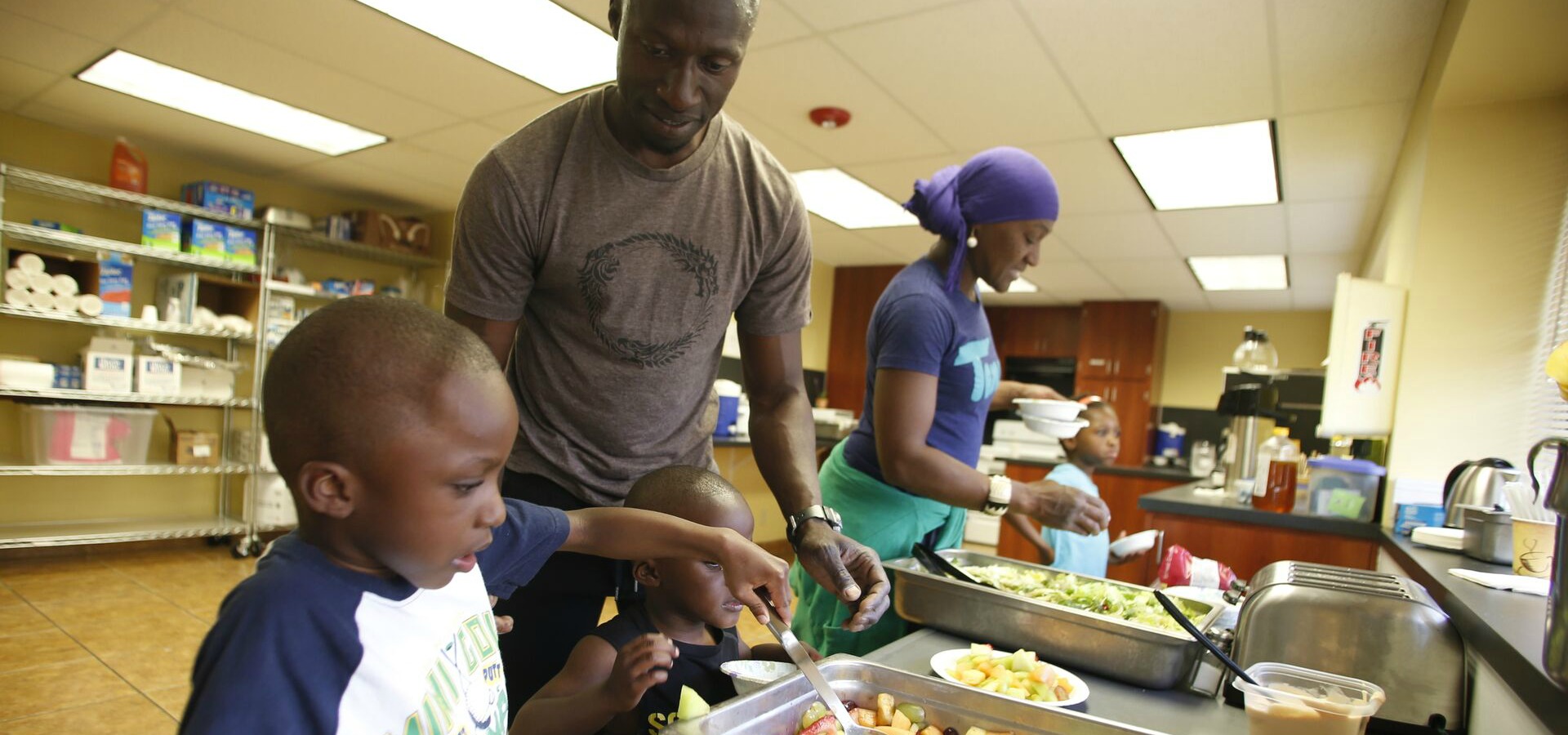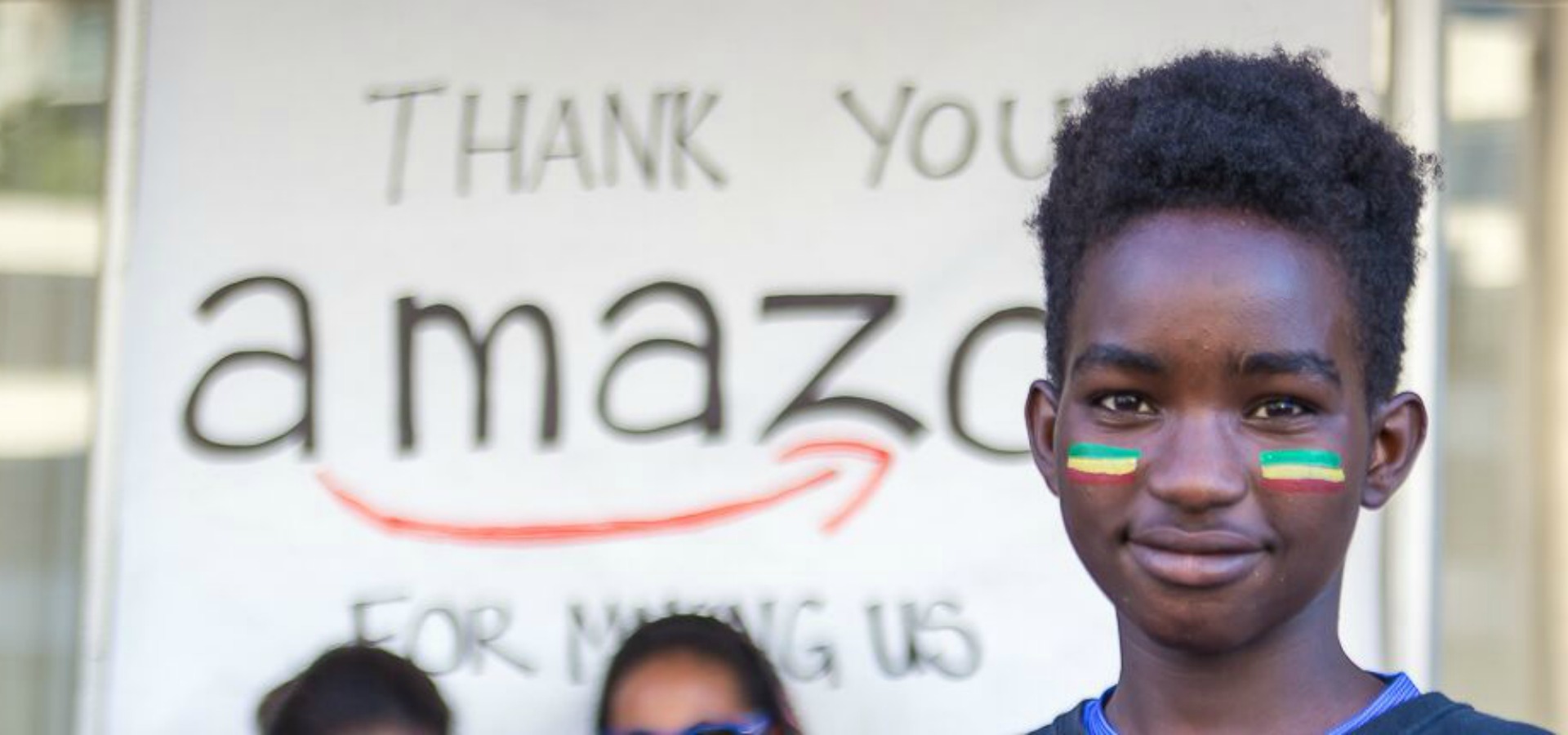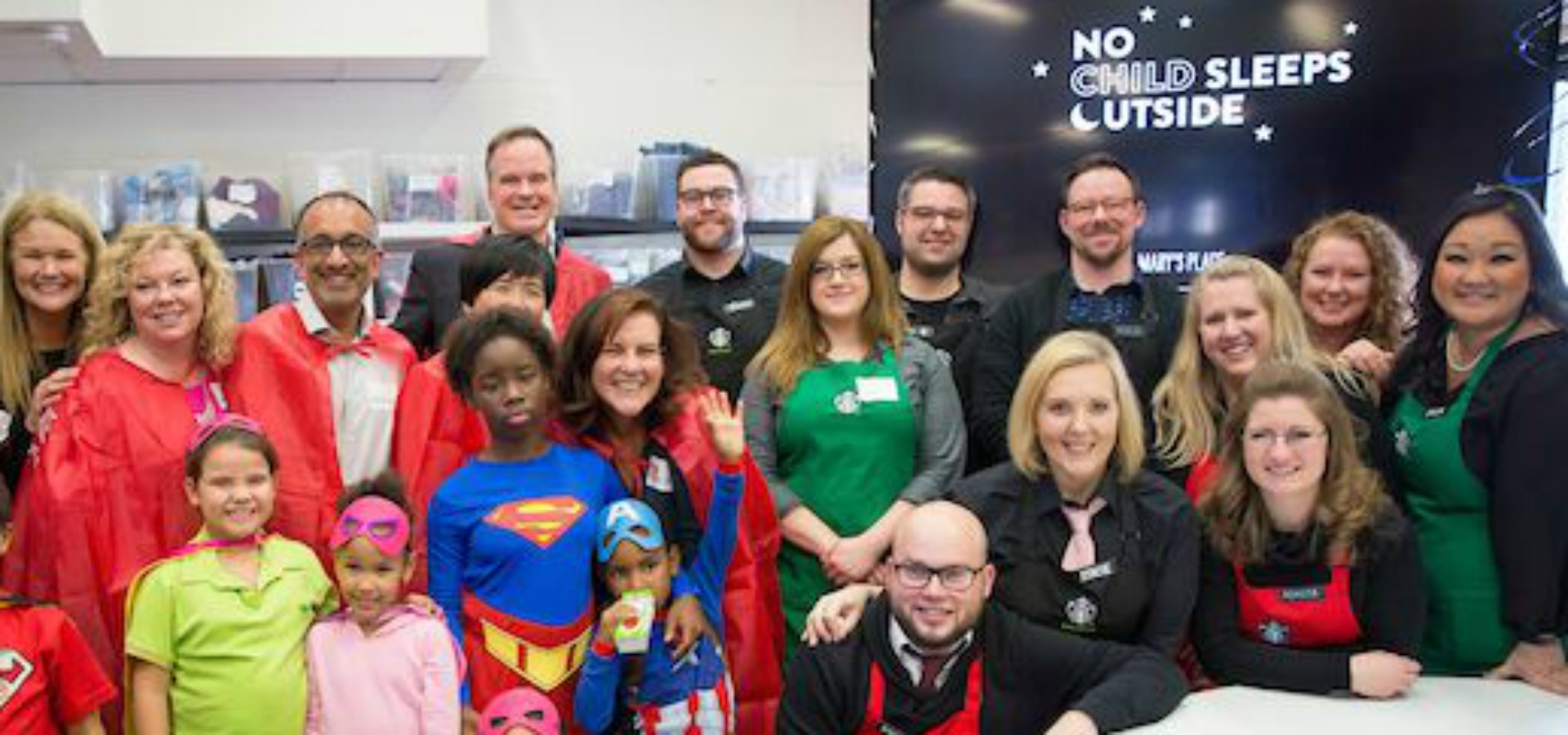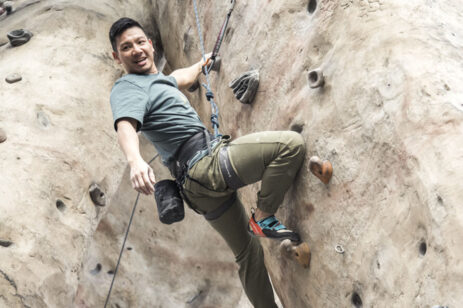Among the many new buildings that make up Amazon’s South Lake Union campus, there are coffee shops and cool roof decks, dog-friendly open offices and, soon, big glass-globe atriums. But starting in 2020, there will be another notable facility within Amazon: a homeless shelter.
In May, the tech giant announced a gift of a 47,000-square-foot permanent space for Mary’s Place, a Seattle shelter that usually hops between temporary vacant hotels and surplus buildings. The unprecedented move will put one of Seattle’s buzziest industries next door to the city’s struggling citizens.
“It’s a miracle. It’s exciting,” said Mary’s Place founder and executive director Marty Hartman shortly after the announcement was made. She and her team are used to inhabiting a building for a year or two, between owners or before it’s torn down. They still manage to do 100,000 bed nights in a year—that’s 100,000 times a Seattle woman, father, or child got a secure place to sleep when they had no other option.
Amazon had already donated the temporary use of a South Lake Union former Travelodge and Days Inn; that was exciting enough. But the coming permanent Mary’s Place at 8th and Blanchard will be six floors of dedicated space, including 65 rooms that hold more than 200 people, plus community rooms, kid and teen spaces, and kitchens. Unlike most Mary’s Place shelters, it’ll welcome pets—just like those pooch-filled Amazon offices.
The 2020 shelter will join FareStart eateries opening now; Amazon also donated campus space to the organization dedicated to employing locals facing homelessness or poverty. The five FareStart Amazon restaurants will nearly double the organization’s reach, and the food joints will be open to the public.





